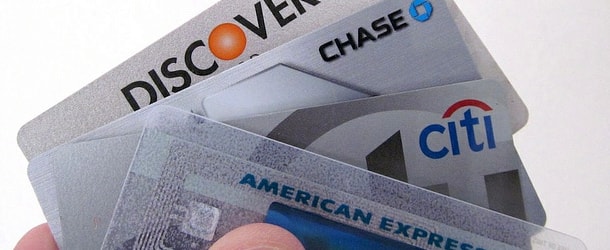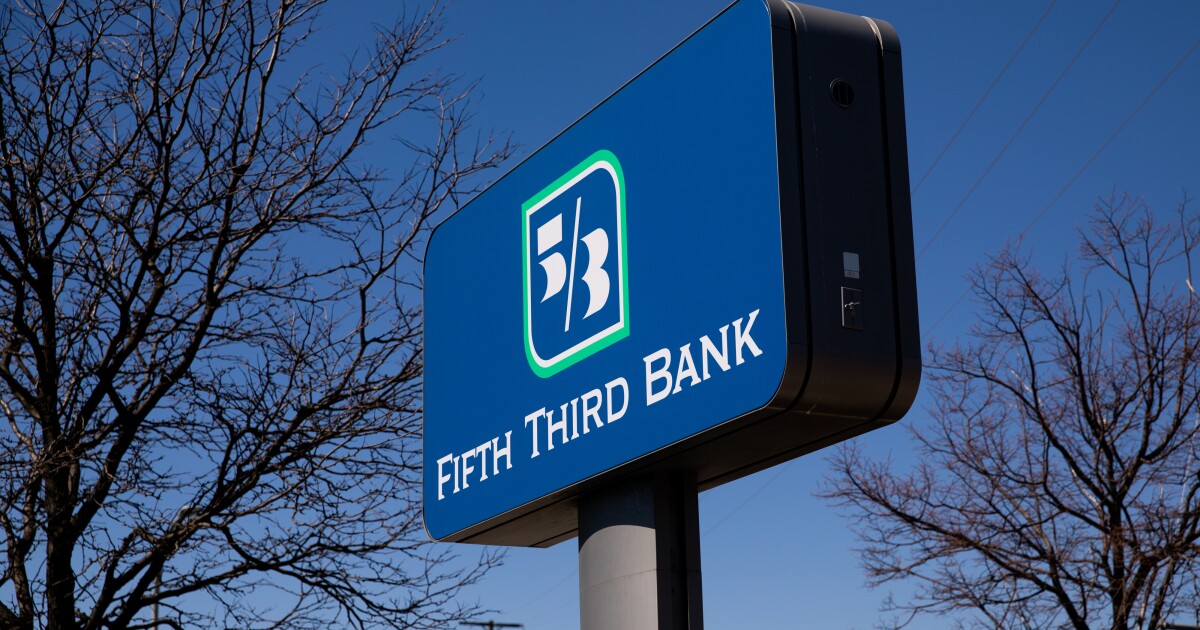You may have heard recently that “tappable” home equity has reached an all-time high, thanks to rapidly appreciating home prices and conservative borrowing on behalf of existing homeowners.
If you haven’t, know that some 48 million homeowners have around $11 trillion in equity at their disposal.
This assumes a maximum 80% loan-to-value ratio (LTV), according to ICE’s latest Mortgage Monitor report for May 2024.
That figure is about double what it was back in early 2018, when it stood at around $5.5 trillion, which sounds pretty unbelievable.
Put another way, millions of homeowners with a mortgage have the ability to tap into their home equity, either via a home equity line of credit (HELOC), home equity loan, or a traditional cash-out refinance.
And the average borrower can access about $206,0000, up from $185,000 at the same time last year.
In addition, they can do so while keeping a 20% cushion between outstanding loan balances and their property value.
But because current mortgage rates are more than double recent lows, borrowers may not be interested in doing any of those things.
Ironically, this will just drive up that amount of tappable equity, as borrowers continue to eschew borrowing and pay down their mortgages.
Instead of a HELOC, Why Not Just Use a Credit Card?
- If you need cash for home renovations you don’t necessarily need to tap equity
- It’s possible to get a fairly high-limit credit card and 0% APR for nearly 2 years
- Some contractors even allow credit card payments these days thanks to new technology
- So there is the potential to obtain free financing for small projects and avoid closing costs!
I know, I know, this sounds crazy and irresponsible. But bear with me here.
I was pondering this the other day when thinking about doing some relatively minor, yet still expensive (funny how that works), home improvements.
Let’s pretend that you want to remodel a bathroom and the price tag will be somewhere in the neighborhood of $6,000.
Instead of opening a HELOC with your bank, paying closing costs, going through the approval process, and winding up with a second mortgage, you could just open a credit card in a few minutes instead.
But not just any old credit card. It would need to be one that offers 0% APR for an extended period of time, which would allow you to borrow for free during that period.
This isn’t necessarily hard to do, nor are the offers limited these days. There are plenty of credit cards that offer 0% APR on purchases for as long as 21 months or longer.
In other words, as long as you make just the minimum payment each month, you won’t pay any interest for a full year and a half.
Of course, you’ll want to pay down the full balance over that time to avoid carrying the debt over once the interest rate adjusts much higher. That’s the trap with these offers.
Let’s pretend that you amortize the $6,000 over that period and pay roughly $333 per month to extinguish the renovation costs over 18 months.
While $333 per month might sound pricey, that’s all you’d have to pay. Nothing extra for borrowing that money and paying it back over a year and a half. It would probably feel a lot better than parting with the full $6,000 in one shot.
Additionally, there are no closing costs, annual fees, early closure fees, underwriting fees, or anything else, so long as you pay off the debt before the 0% APR period comes to an end.
Can’t Avoid Interest with the HELOC, and You Might Pay Fees Too
- Your HELOC will probably be set at a rate of 8% or higher these days
- You may also have to pay closing costs or early closure fees
- It tends to be a longer approval process and you may not qualify
- It’s also another lien attached to your house
With the HELOC, which might be set at a rate of 8% or higher, you’ll wind up paying interest each month and likely some fees to open the thing.
And maybe even some fees to close the thing, assuming you don’t keep it open long enough to satisfy the bank’s requirements. This is known as an “early closure fee.”
That could amount to $500-$1,000 or more in costs using our simple example from above. While it might not seem like a lot of money, as a percentage of your costs, it’s quite high.
We’re talking 8-16% or higher in terms of cost of borrowing to do that renovation. Then there are the intangibles, like the ability to let your debt ride, thanks to HELOCs having an interest-only draw period.
Or the temptation to take out more money to do other things, or perhaps just getting sloppy with costs as the money (and more of it) is readily available.
This can happen with the 0% APR credit card too, but knowing the window to borrow cheaply is short and defined, it might motivate you to pay it all off in a timely fashion and stay on budget.
Minor Jobs May Not Require a HELOC or Home Equity Loan
The takeaway here is that for relatively minor jobs, you might be able to get away with using an interest-free credit card as opposed to a HELOC or home equity loan.
A lot of HELOCs have lines as low as $10,000, but why bother if you can get a credit card with a similar or even higher credit limit, which charges you nothing to open it and no interest for a fairly long period of time?
The only time the HELOC would probably be favored would be if you were truly spending outside your means, and needed a prolonged period of time to pay back the debt.
Or if the job was a big six-figure one; a simple credit card likely wouldn’t be sufficient to cover the costs.
The other downside to the credit card would be the inability to pay cash or write a check, assuming the contractor didn’t accept plastic as a form a payment (though workarounds do exist).
So there are limitations, and it’s not necessarily a one-size-fits-all solution, but I do believe credit cards are overlooked when it comes to small-to-medium home renovations.
It could make you more budget-sensitive too, which would be another win vs. taking out a second mortgage.
Even before the prime rate increased 11 times over the past couple years, this argument made sense.
Today, it seems even less attractive for consumers to pay such a high APR. The one possible caveat is that HELOC rates may begin to drop if/when the Fed starts cutting its own rate later this year or in 2025.
Read more: How to Pay for Home Renovations: Pros and Cons to Different Methods
Publisher: Source link











